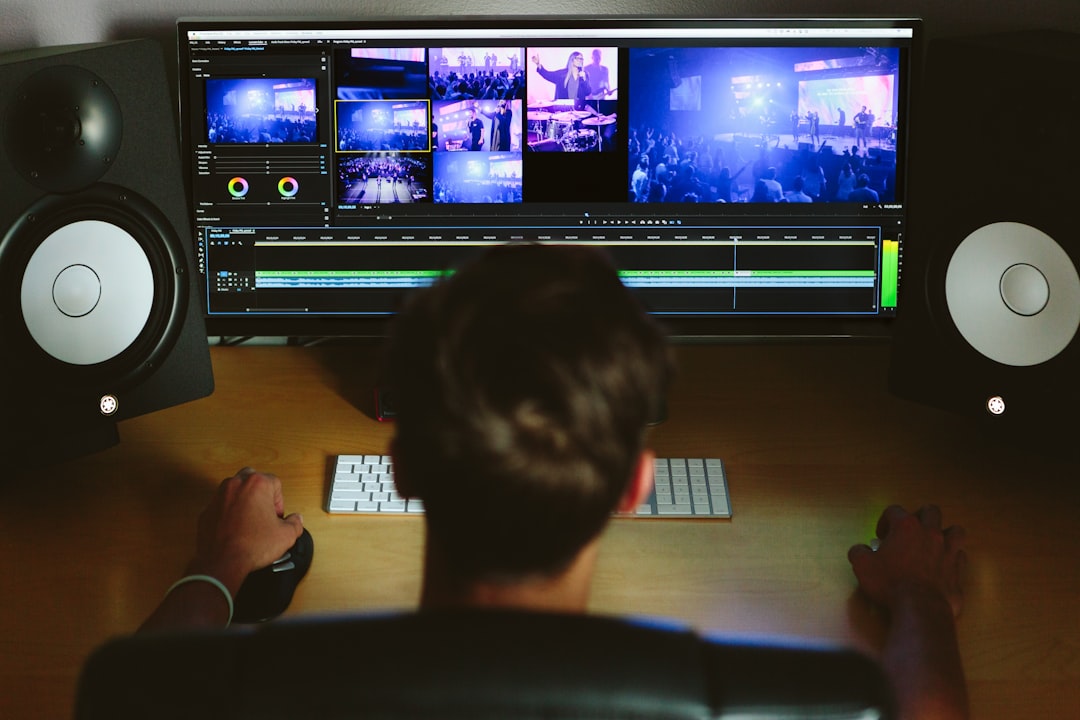In the age of digital media, video content has become one of the most powerful tools for communication, entertainment, education, and marketing. Whether it’s for uploading on YouTube, embedding on a website, or streaming to millions, the quality and efficiency of video delivery depend heavily on one key technology: video coding. For beginners, understanding the basics of video coding is essential to ensuring optimal performance and quality in video production.
What Is Video Coding?
Video coding, also known as video compression, is the process of converting digital video into a format that consumes less bandwidth and storage space. It achieves this by reducing redundant or irrelevant data, enabling smoother transmission and playback without significantly compromising visual quality.
At its core, video coding uses algorithms to compress video files, making them smaller and easier to manage. When you watch Netflix, use Zoom, or post a video on TikTok, you are unknowingly interacting with various forms of video coding.
Why Is Video Coding Important?
Raw video data—especially in high resolution—takes up massive amounts of space. For instance, a one-minute 4K video clip can be several gigabytes in size. Without compression, streaming, downloading, and storing videos would be highly inefficient and impractical. Efficient video coding:
- Minimizes file sizes for easier storage
- Reduces buffering and load times during streaming
- Lowers bandwidth usage on networks
- Supports high-quality playback across multiple devices
Key Concepts in Video Coding
To better understand how video coding works, let’s explore some essential terms and concepts.
1. Frame Types
Videos are made of frames—single images shown rapidly in sequence. Most video coding algorithms use three frame types:
- I-Frames (Intra-coded): Full image frames, like a regular photo. These are used as reference points.
- P-Frames (Predictive-coded): Only store changes from previous frames, reducing file size.
- B-Frames (Bidirectionally Predictive-coded): Use both previous and following frames for more efficient compression.
2. Bitrate
Bitrate refers to the amount of data processed per second in a video file, usually measured in kilobits per second (Kbps) or megabits per second (Mbps). Higher bitrates typically result in better quality but require more storage and bandwidth. Balancing bitrate with video quality is a primary goal in video encoding.
3. Resolution and Frame Rate
These factors significantly impact the video file size and quality:
- Resolution: The number of pixels in each frame (e.g., 1920×1080 for Full HD).
- Frame Rate: How many frames are shown per second (e.g., 30fps or 60fps).
4. Codec
A codec is a software or hardware tool that encodes and decodes digital video. Popular codecs include:
- H.264 (AVC): Widely used across web platforms
- H.265 (HEVC): Offers better compression than H.264
- VP9: An open-source alternative used by YouTube
- AV1: New, open-source, and royalty-free codec with high compression efficiency

How Video Compression Works
Video compression leverages both spatial and temporal redundancies. Spatial compression removes repeated patterns within a single frame, while temporal compression removes similar patterns across several frames.
For example, in a talking-head video, the background might remain mostly static, while only the speaker’s mouth and hands are moving. Rather than encoding the entire frame repeatedly, only the areas that change are updated.
Tools and Software for Beginners
If you’re just starting out, you don’t need to be a programming expert to perform video coding. There are several user-friendly tools available:
- HandBrake: Open-source and easy to use for converting and compressing videos.
- FFmpeg: A powerful command-line utility for advanced users.
- Adobe Media Encoder: Professional-grade software integrated with Adobe tools.
- DaVinci Resolve: Offers both editing and export compression features.
Each of these tools allows you to choose your preferred codec, bitrate, resolution, and other parameters for efficient video encoding.
Best Practices for Beginners
To make the most of your video coding experience, here are some tried-and-true best practices:
1. Know Your Purpose
Is this video for social media, professional broadcast, or personal archiving? Your end-goal helps dictate resolution, bitrate, and codec choices.
2. Choose the Right Codec
For most beginners aiming for web or mobile video, H.264 is a safe and broadly compatible choice. If storage economy is crucial and your platform supports it, consider H.265 or AV1.
3. Balance Quality and File Size
Use tools that let you set variable bitrate (VBR), which adjusts bitrate dynamically to maintain quality while compressing efficiently.
4. Avoid Re-encoding
Every time you compress a video, there’s a slight dip in quality. Avoid multiple rounds of compression to prevent compounding degradation.
5. Keep Original Files
Always store your raw or original footage. You may want to re-encode or edit it in different formats later.
6. Test Before Publishing
Try different settings and test your videos on various devices and networks to make sure they perform well universally.
Common Mistakes to Avoid
- Over-compressing: Leads to blurriness or digital artifacts
- Using unsupported codecs: Causes playback issues on certain platforms or devices
- Ignoring audio quality: Video is half the story; low audio bitrate can ruin viewer experience
- Wrong aspect ratio: Leads to black bars or stretching on some screens

The Future of Video Coding
As video quality and demand increase—think 8K video, virtual reality, and 360° streaming—newer and more efficient codecs will continue to emerge. AV1, for instance, is gaining traction because it’s open-source and offers high compression with excellent quality, making it a likely industry standard in the near future.
Machine learning and AI are also set to revolutionize video coding in the coming years. Intelligent algorithms can analyze content in real-time and apply the most efficient compression methods dynamically.
Conclusion
Video coding might seem complex at first, but with a solid grasp of the basics and a few best practices, beginners can confidently create compressed videos that are efficient and high-quality. Whether you’re a content creator, filmmaker, or curious tech enthusiast, understanding video coding empowers you to deliver better, faster, and more professional-looking videos.
Start experimenting with encoding tools, compare settings, and keep up with new trends in compression technology. The more you practice, the more intuitive video coding will become—and soon, you’ll be able to produce videos that not only look great but also load faster and reach far more viewers.



